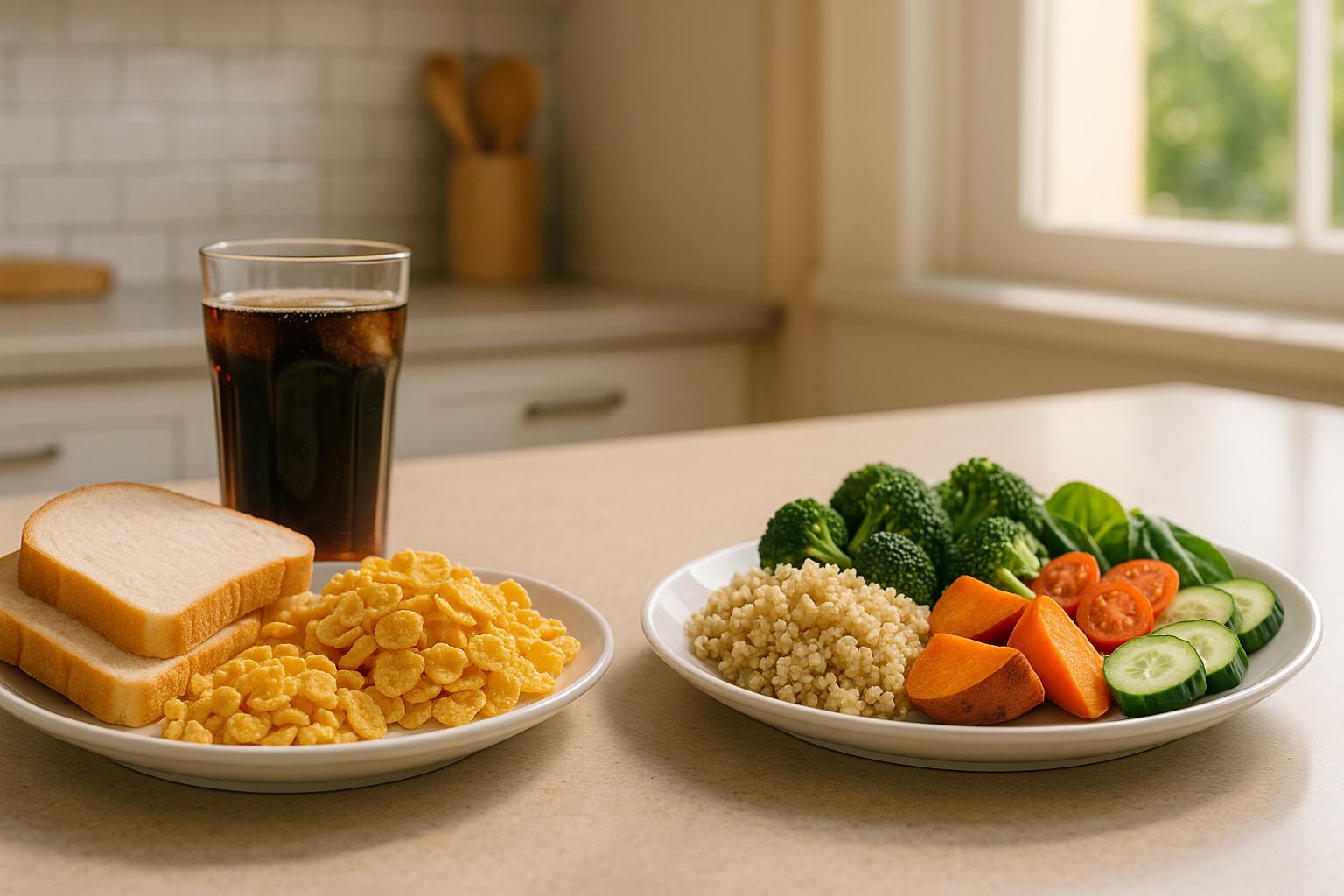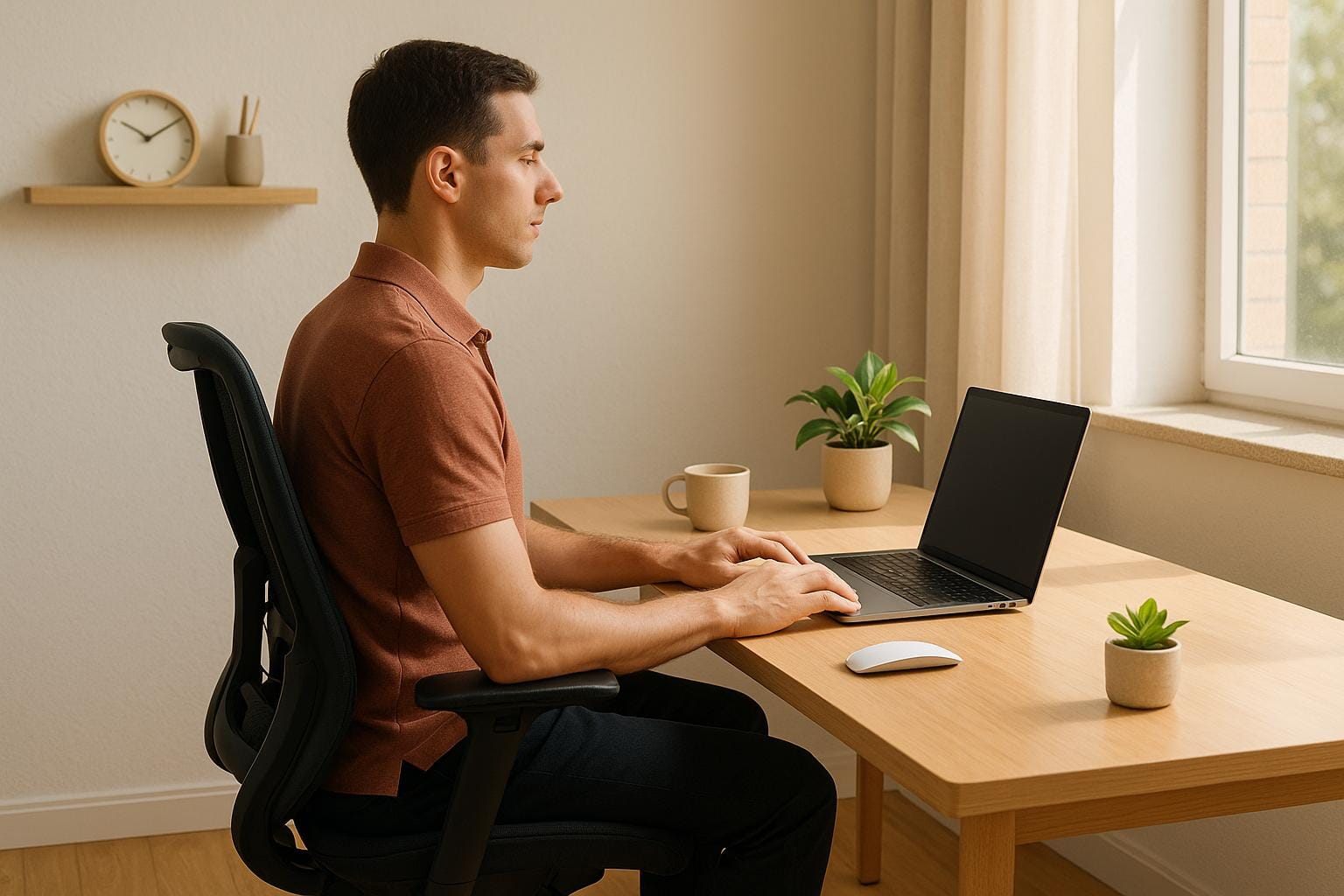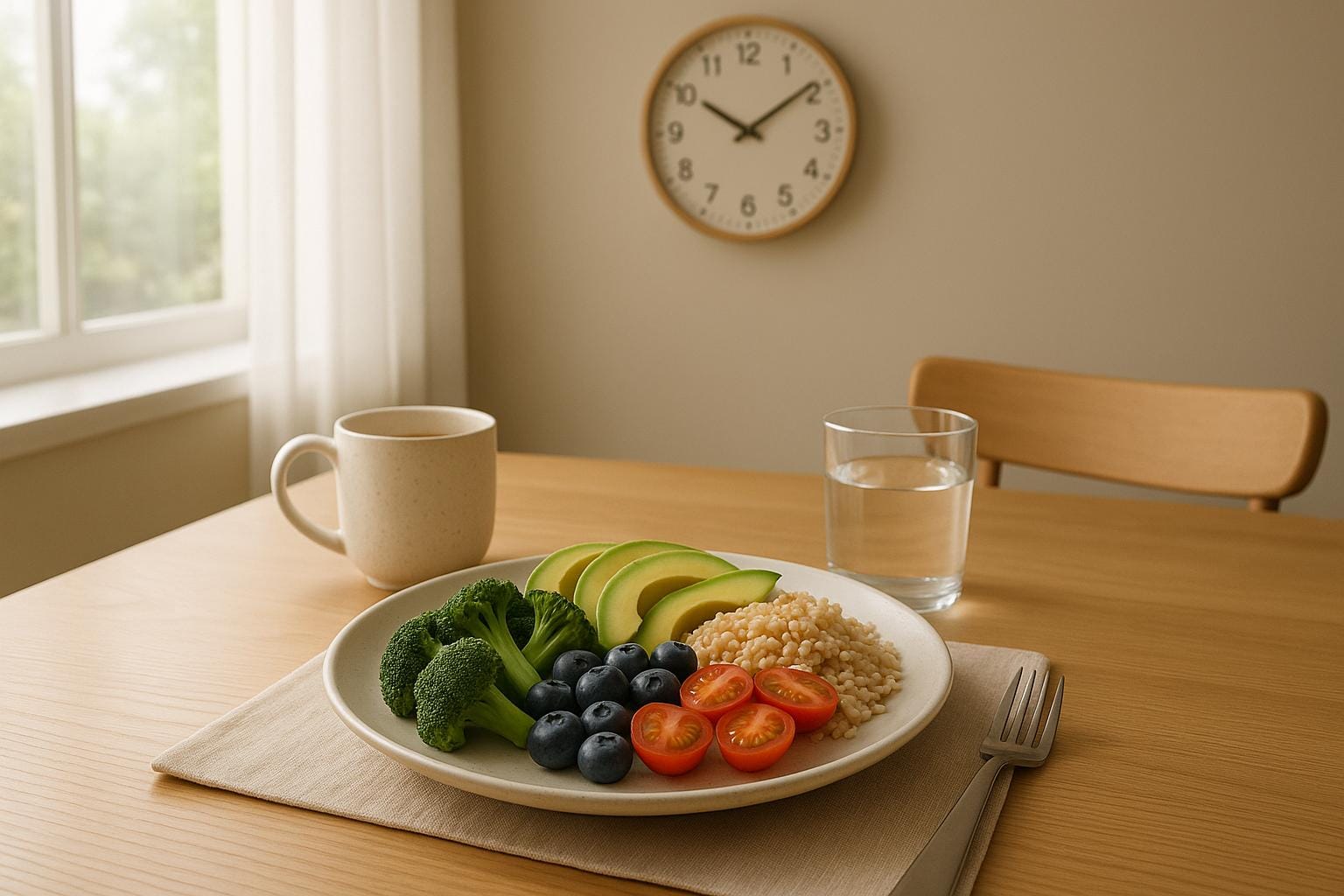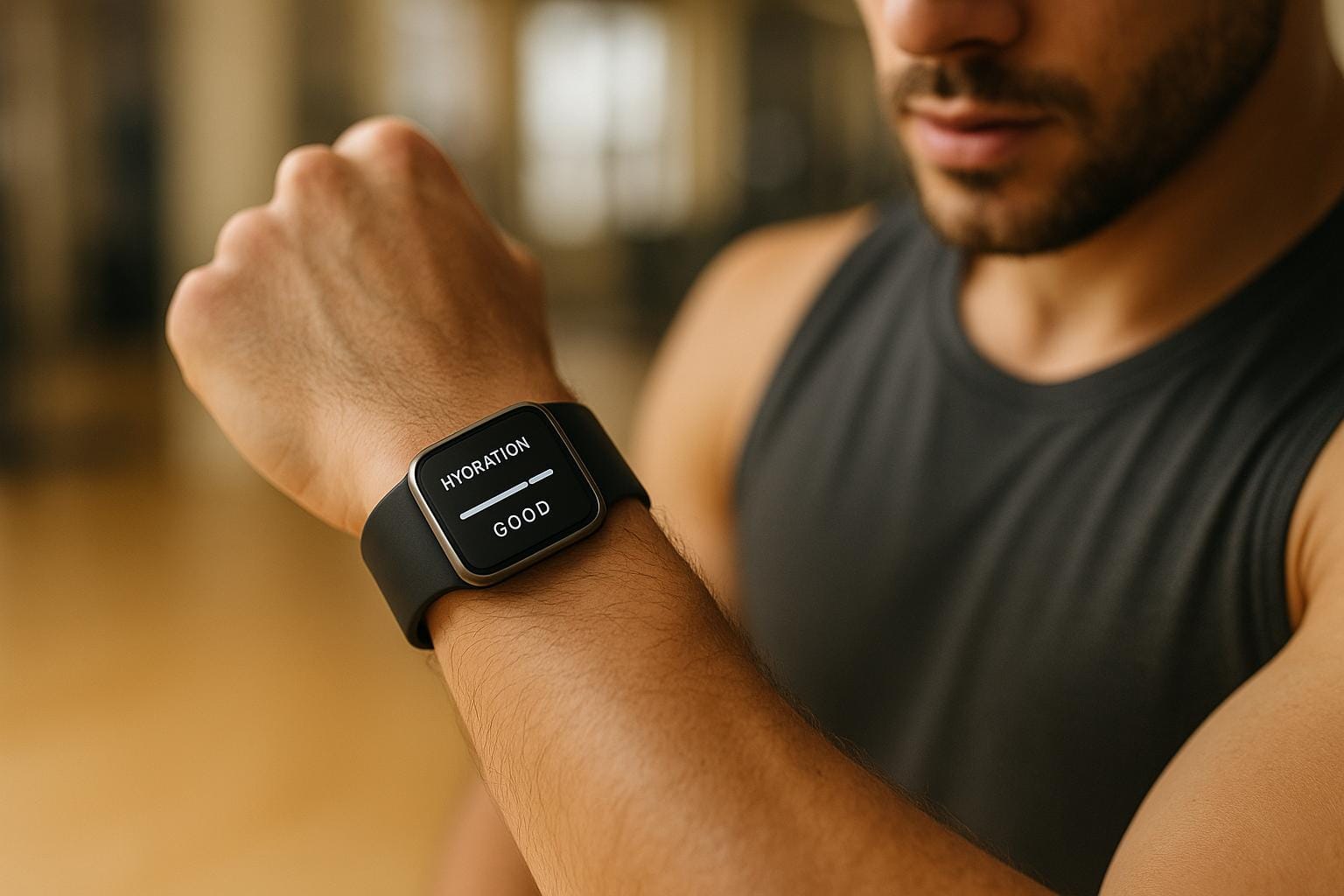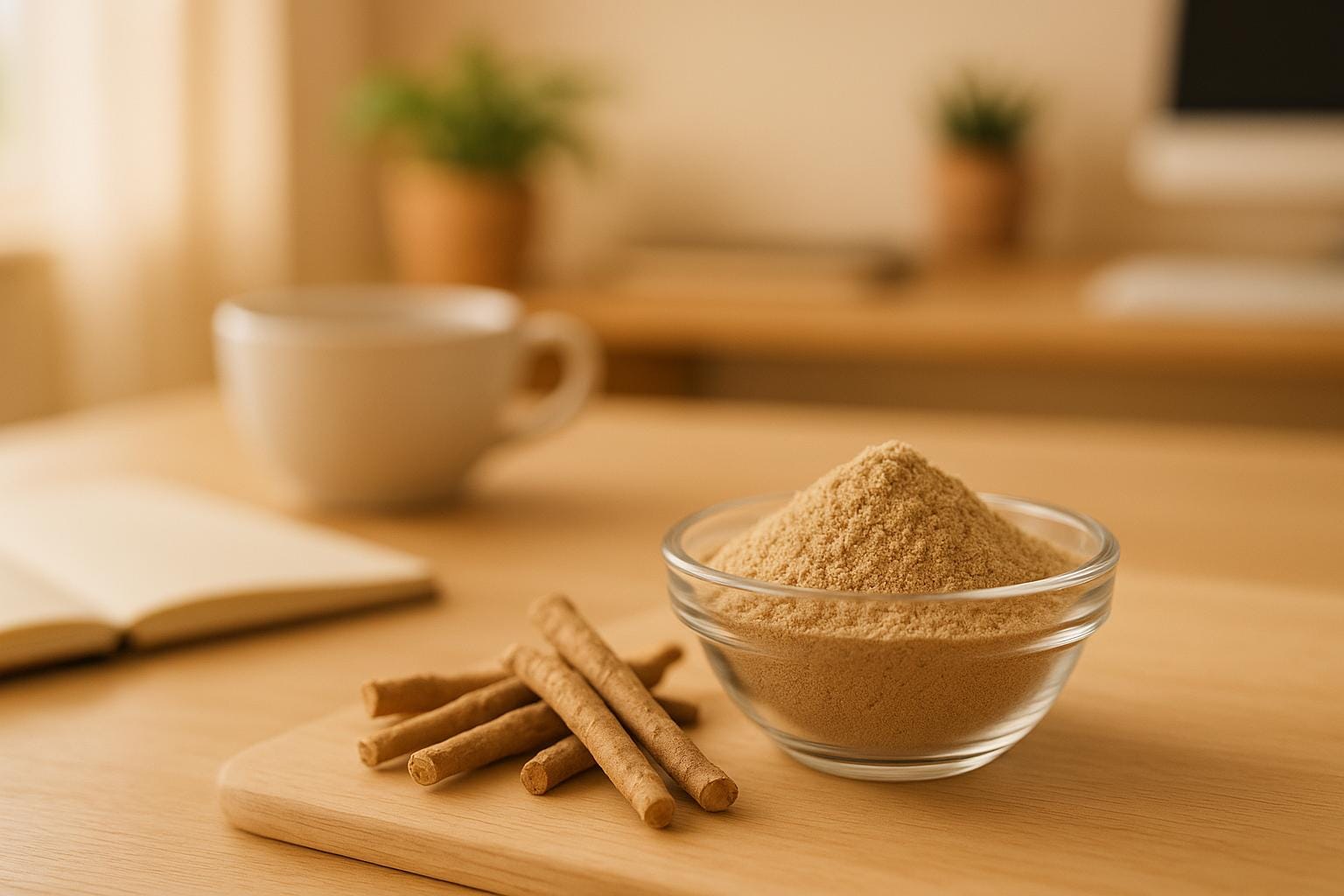Introduction
At-home workouts have become increasingly popular for those seeking a convenient, cost-effective way to maintain fitness. Whether you’re juggling a busy schedule or simply prefer the comfort of exercising in your living room, at-home workouts offer endless variety. From bodyweight exercises to resistance band circuits, you can tailor a regimen that fits your goals and lifestyle—all without the need for a gym membership. In this article, we’ll explore the benefits of at-home workouts, discuss essential equipment, and offer tips on staying motivated, so you can achieve lasting results right where you are.
Why Choose At-Home Workouts?
One of the greatest perks of at-home workouts is the flexibility they provide. No more worrying about gym hours, travel time, or crowded fitness studios. You can squeeze in a quick session before work or unwind with a calming yoga flow in the evening. Additionally, working out at home eliminates membership fees, which can be a barrier for many people.
At-home workouts also give you control over your environment. If you’re intimidated by crowded weight rooms or prefer a certain temperature or type of music, your own space is the perfect solution. Plus, you can focus on your goals without external distractions, whether you’re aiming for weight loss, muscle building, or stress relief. For those with busy schedules, it’s easier to commit to shorter, more frequent workouts when you don’t have to drive across town. This convenience often translates to greater consistency, which is key for long-term success.
Basic Equipment for Home Workouts
While many at-home workouts require no equipment at all, a few affordable pieces can expand your exercise options and help you challenge your body in new ways:
- Resistance Bands – These come in various tension levels and are perfect for strength training, stretching, and rehabilitation exercises.
- Dumbbells or Kettlebells – Adjustable dumbbells or a range of kettlebells can target all major muscle groups.
- Yoga Mat – Essential for floor exercises, stretching, and providing grip during yoga or Pilates sessions.
- Stability Ball – Great for core workouts and improving balance.
- Jump Rope – An inexpensive tool that offers an excellent cardio workout in a small space.
You don’t need to buy everything at once. Start with bodyweight exercises or a single piece of equipment like resistance bands, then add more items as you progress. Investing in a few versatile pieces can keep your workouts varied and engaging.
Structuring Your At-Home Routine
Creating a well-rounded at-home workout routine means incorporating exercises that address all the major fitness components: cardiovascular health, strength, flexibility, and balance. Here’s a sample approach:
- Warm-Up – Begin with 5 minutes of light cardio such as marching in place, jumping jacks, or a brisk walk around the house. Add some dynamic stretches (arm circles, hip rotations) to prepare your muscles and joints.
- Strength Training – Alternate between upper-body and lower-body exercises. For example, do push-ups, squats, resistance band rows, lunges, and planks. Aim for 8–12 reps per set, completing 2–3 sets total.
- Cardio – Dedicate 10–15 minutes to activities like jump rope, high knees, or burpees. If you have a stationary bike or treadmill, consider an interval workout.
- Cool-Down & Stretch – End your workout with a gentle cool-down and static stretches to improve flexibility and reduce soreness.
Focus on progressing gradually. As you gain strength and endurance, add more challenging variations (e.g., single-leg squats, elevated push-ups) or increase the intensity with additional reps or shorter rest periods. Consistency is key; aim for at least three to four sessions per week for steady improvement.
Staying Motivated at Home
Working out at home can be both a blessing and a challenge. While the convenience is high, distractions are everywhere. To stay motivated:
- Set Specific Goals – Define measurable, realistic objectives, such as doing 20 push-ups in a row or running a 5K without stopping.
- Schedule Your Workouts – Treat them like important appointments. Mark them on your calendar or set reminders on your phone.
- Create a Dedicated Space – Even if it’s just a corner of your living room, having a designated area helps you focus.
- Use Online Resources – Follow workout videos, join online fitness communities, or use apps that track your progress.
- Reward Yourself – Celebrate milestones with healthy treats, new workout gear, or a relaxing spa day.
Common Mistakes and How to Avoid Them
- Skipping the Warm-Up – Jumping straight into intense exercise can lead to injury. Always start with a proper warm-up.
- Poor Form – Without a trainer watching, bad habits can develop. Use a mirror or record yourself to ensure proper alignment.
- Overtraining – Consistency is important, but so is recovery. Incorporate rest days to allow your muscles to repair.
- Lack of Variety – Doing the same routine every day can cause plateaus. Mix up your exercises to keep your body challenged.
- Ignoring Nutrition – Even the best workouts need to be supported by a healthy diet. Fuel your body with nutrient-dense foods.
Conclusion
At-home workouts provide a flexible, accessible way to stay in shape regardless of your schedule or budget. With the right equipment, a balanced routine, and solid motivation techniques, you can achieve impressive results without ever stepping into a gym. Remember to start small, focus on proper form, and gradually increase intensity. By creating an environment that supports your fitness goals, you’ll set yourself up for long-term success—proving that your journey to health can truly begin at home.




